Reflections on The Bluest Eye
Light dances over the page, sun shifting through shadows, fine leaves filtering the light. I sit in the half-shade, between classes, ignoring homework and assigned reading. I am 17, and scalp-deep in The Bluest Eye. Page two and language is breaking. Punctuation, farewell, sentences vanish. Then space. I read ‘thehouseitisgreenandwhiteithasareddooritisveryprettyhereis’. Words dance in my mind, language bending, twisting, aching, breaking. The defiance. The confusion. The bliss.
‘What made people look at them and say, “Awwwww,” but not for me?’ I read, minutes later.
The narrator is a little black girl, speaking about little white girls—dolls and real. Who wrote this again? Toni Morrison
. I flip the book over. From the back cover, she regards me with a knowing smile. She’s been in my head, shuffled through my memories to preschool, when my teacher chose the lightskinned, straighter-haired children to hold the fuzzy yellow chicks. Toni Morrison is a reader of minds, then. How else could she have known that? Known me?
Is this knowing, this reflecting, to be trusted? My whole short life, stories have been windows, giving glimpses into worlds that transcend space and time: through wardrobes, onto the shoulders of dream-blowing giants, along sooty English railroads, into eighteenth-century drawing rooms. In the right light, the windows show a bit of me. Then sun shifts or a pane opens, and I am an onlooker again.
I was raised on Peter and Jane, the equally monotonous British cousin to the Dick and Jane stories quoted, distorted, and rightly dissected in The Bluest Eye.
Janice Lynn Mather
I read on. ‘I picked toe jam, Frieda cleaned her fingernails with her teeth’. I am beyond unnerved. Was she overseeing my whole childhood?
It matters that I found this book at this time. 17. People around me are sharing stories—one speaks of a sibling who, since being raped, always carries condoms, for the next time. A coworker recalls her mother’s boyfriend coming into her bedroom at night, and her mother’s bland inaction. Men have been hitting on me since I was 11. Last week, a teacher twice my age peppered me with leering compliments, then added, “But if I see you when I’m with my wife, I’ll have to ignore you.” In my world of window books, Toni Morrison held up a mirror. She confirmed truths.
I was raised on Peter and Jane, the equally monotonous British cousin to the Dick and Jane stories quoted, distorted, and rightly dissected in The Bluest Eye. Luckily, other books peppered my childhood. There were even a few with Black characters cente+-red, but many didn’t reflect me, and by the time I was 12, I was writing my first novel, featuring the adventures of a beautiful brown haired, brown-eyed (but not brown-skinned) girl and her equally stunning blonde mother. Slight improvements came later with Amber, whose olive skin, honey-eyes, and loosely curled hair I took loving pains to describe.
In reflecting on Toni Morrison now, years later, I am awed by her insistence on truth. Finding truth is not only baring secrets, but also excavating the area that surrounds them. In giving voice to the small girl witnessing disaster, and to the child at the core of catastrophe, and to the broken mother, and to the monstrous father. She dares to give Cholly Breedlove a painful childhood, the memory of a beloved aunt, the agony of racial humiliation, the memory of eating a watermelon’s heart. She dares us—as readers, as writers, as a community—to give the truth a thorough look, not to justify, but to more fully comprehend.
In my world of window books, Toni Morrison held up a mirror. She confirmed truths.
Janice Lynn Mather
Recently, someone observed, of my short story collection, “It’s not very joyful.” In the moment, I prattled about sparks of happiness, straining to exonerate myself from the crime of failing to fulfill a contract I didn’t know I’d signed. Later, I remembered The Bluest Eye , and was consoled. When I think of Toni Morrison’s first book, I do not think, first, of joy. I do, though, think of fullness. A sense of completion that comes from having taken a thorough look. And there is, of course, joy. Who can read ‘she could hear Poland singing—her voice sweet and hard, like new strawberries’ and not feel sparks of ecstasy?
At any age, we need truth in our stories. But there is something acute about unflinching honesty when we stand on adulthood’s cusp, with our shredded naivete fluttering in the breeze, about to be tugged away. As I read this story of a twisted foot and a mouth lowered to kiss, of new strawberries and watermelon hearts and ruined babies, of an unrepentant woman’s purring belch, of picking toejam and fingernail dirt and a community’s consensus to commit and permit unforgiveable crimes, I was horrified, relieved, drawn in, ashamed. The Bluest Eye
, in its gorgeous, painful familiar truth was my last childhood story—and the first of my womanhood.
Toni Morrison, thank you for the mirror. Thank you for showing me.
– Janice Lynn Mather
Check out Janice Lynn Mather’s latest book Uncertain Kin
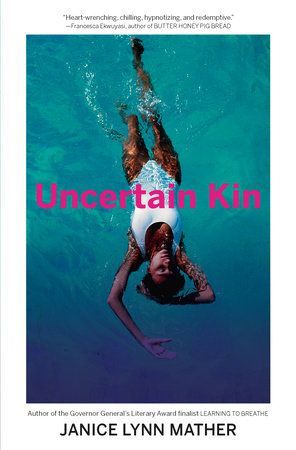
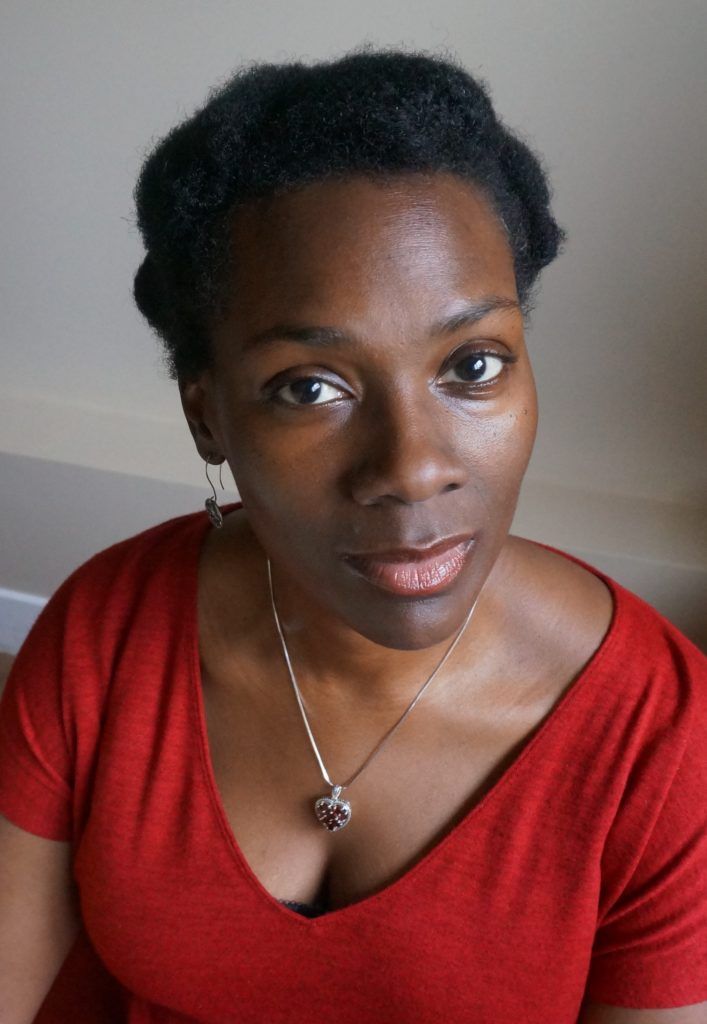
Janice Lynn Mather is a Canadian author. Her first novel, Learning to Breathe , was a 2018 Governor General’s Award finalist and a BC Book Prize finalist, and won the Joan F. Kaywell Books Save Lives award.
Her second novel, Facing the Sun , is an Amy Mathers Teen Book Award recipient. She recently released her adult debut, Uncertain Kin, a collection of short stories. Janice Lynn lives in Tsawwassen, BC.
To learn more about Toni Morrison and her legacy get your tickets for Beloved: A Celebration of Toni Morrison and Black Women Writers with Donna Bailey Nurse
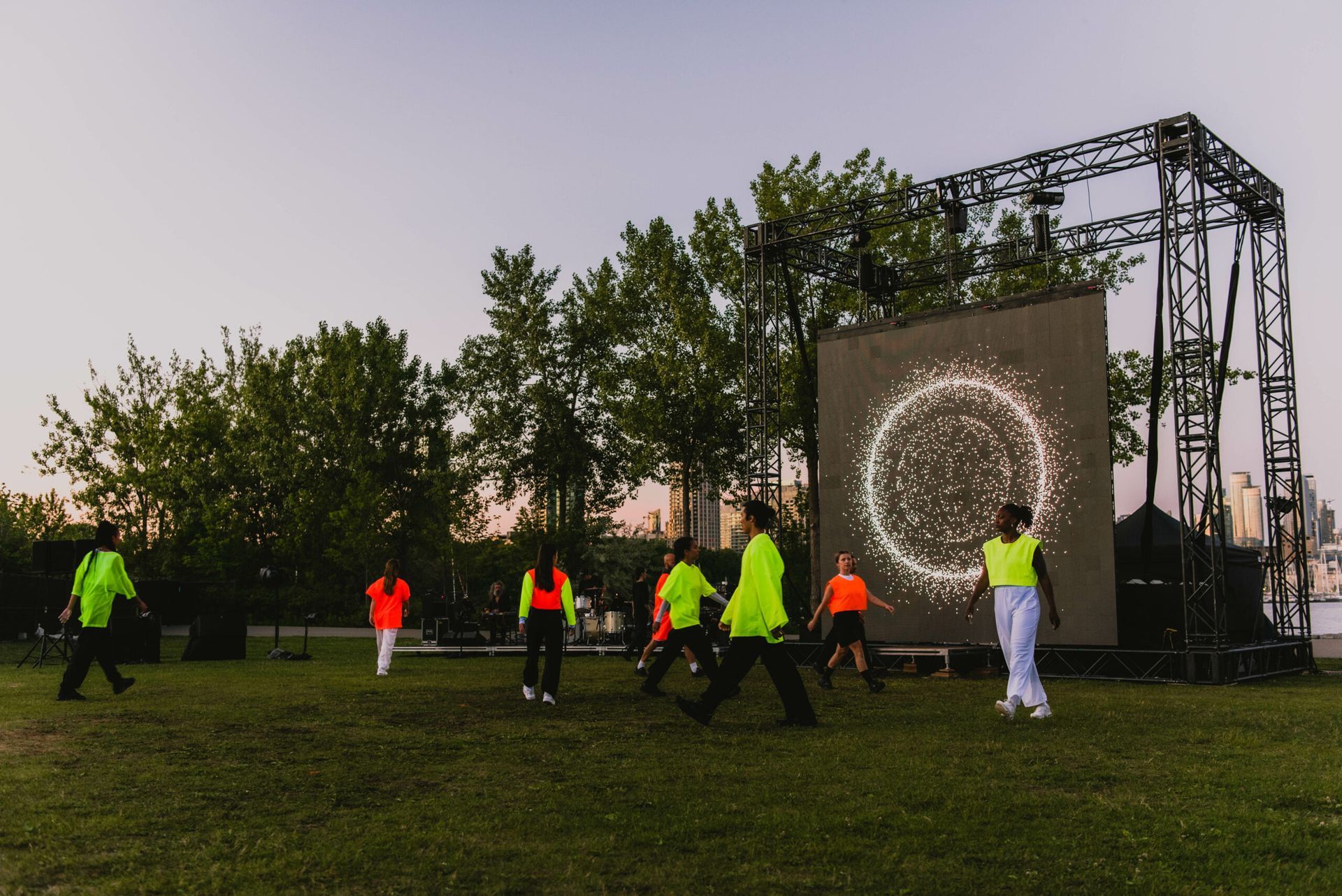
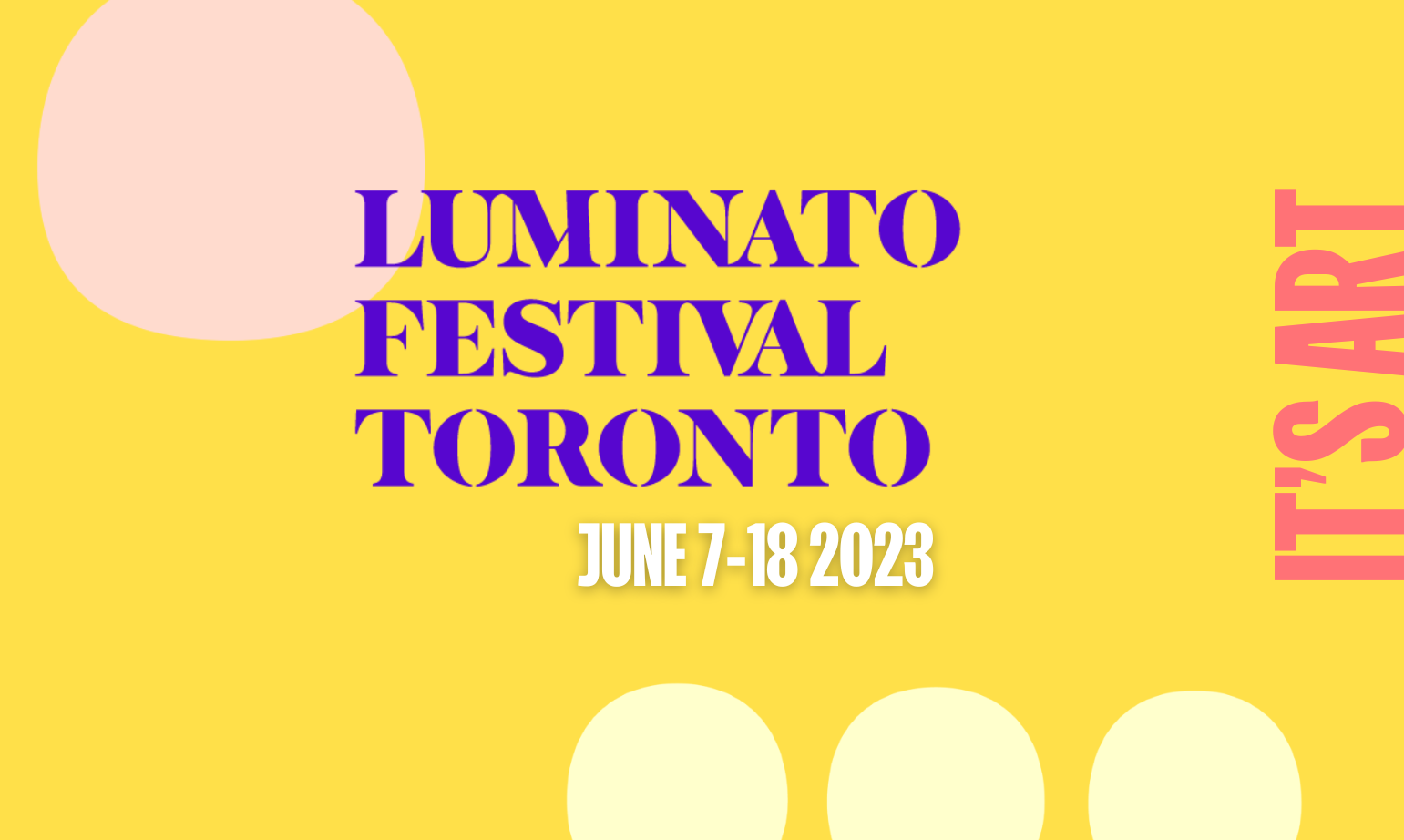
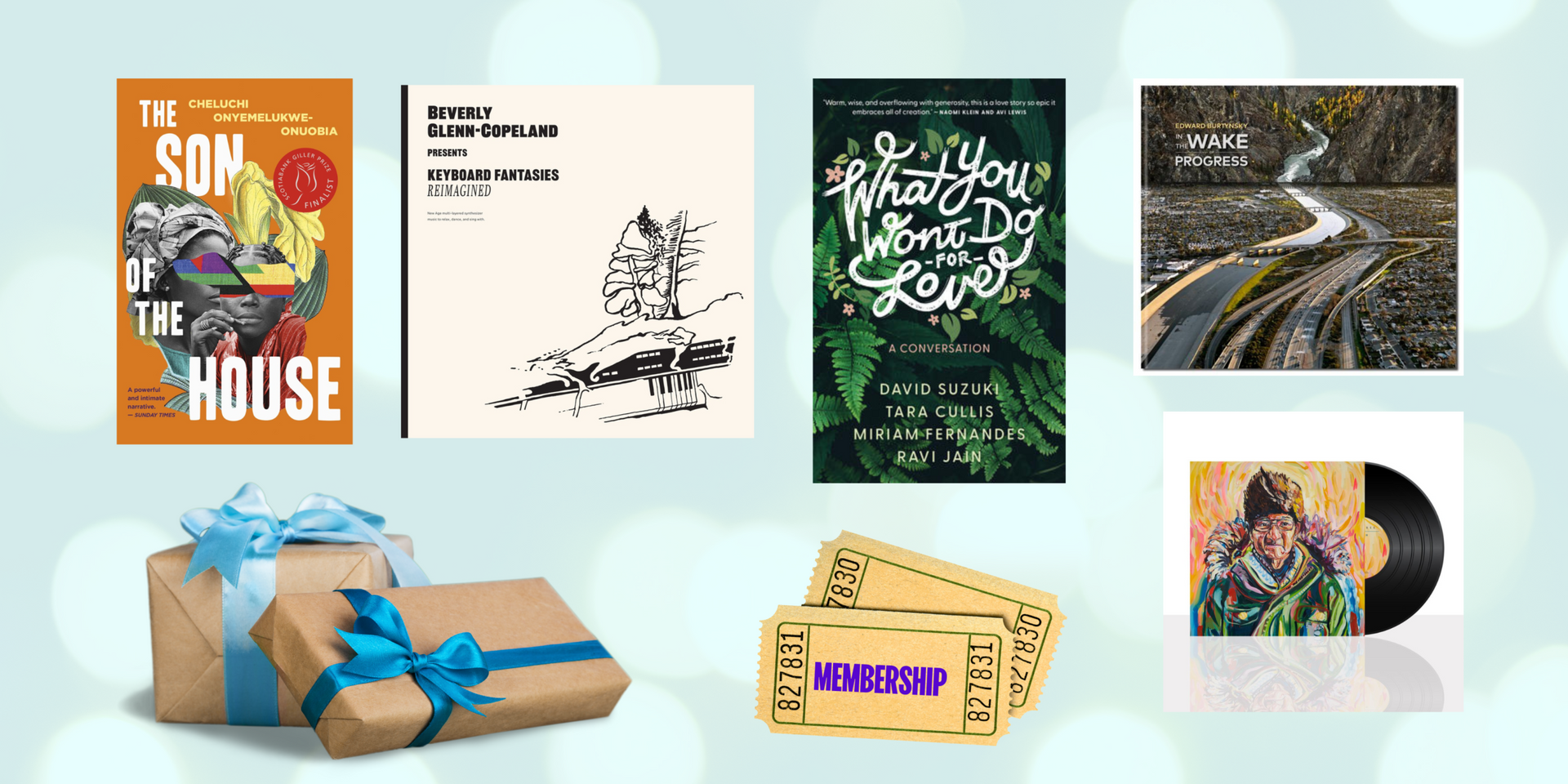
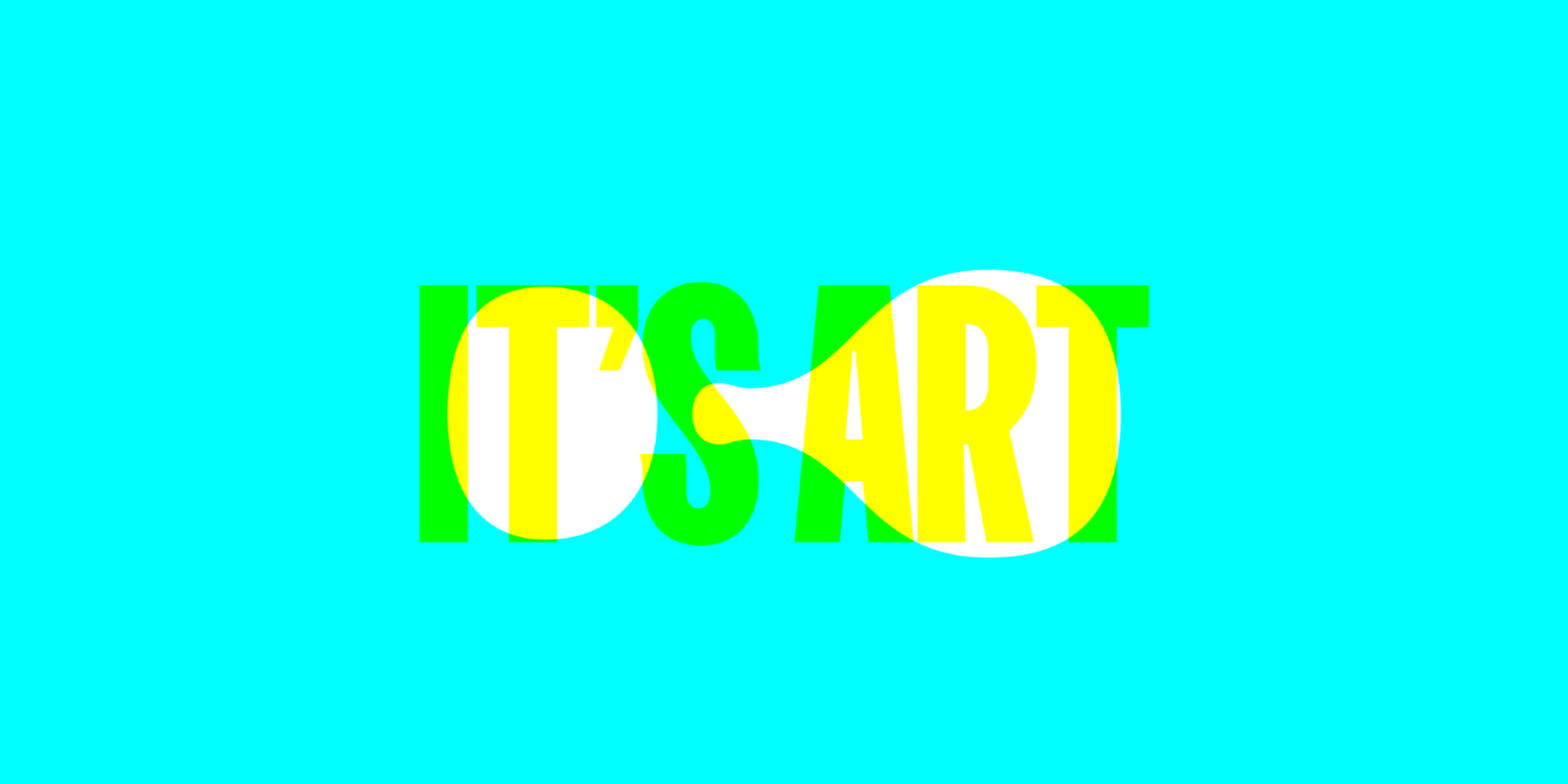
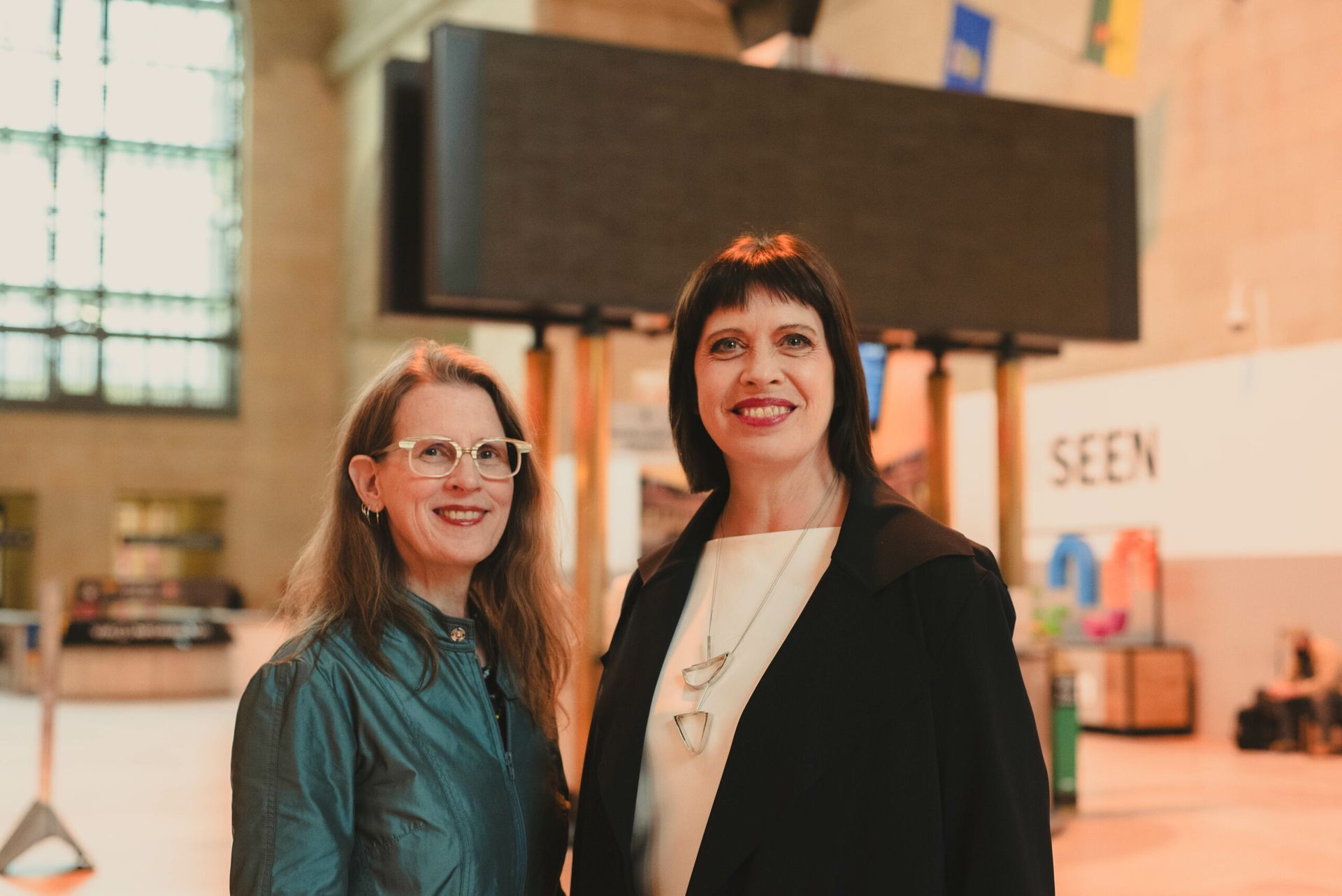
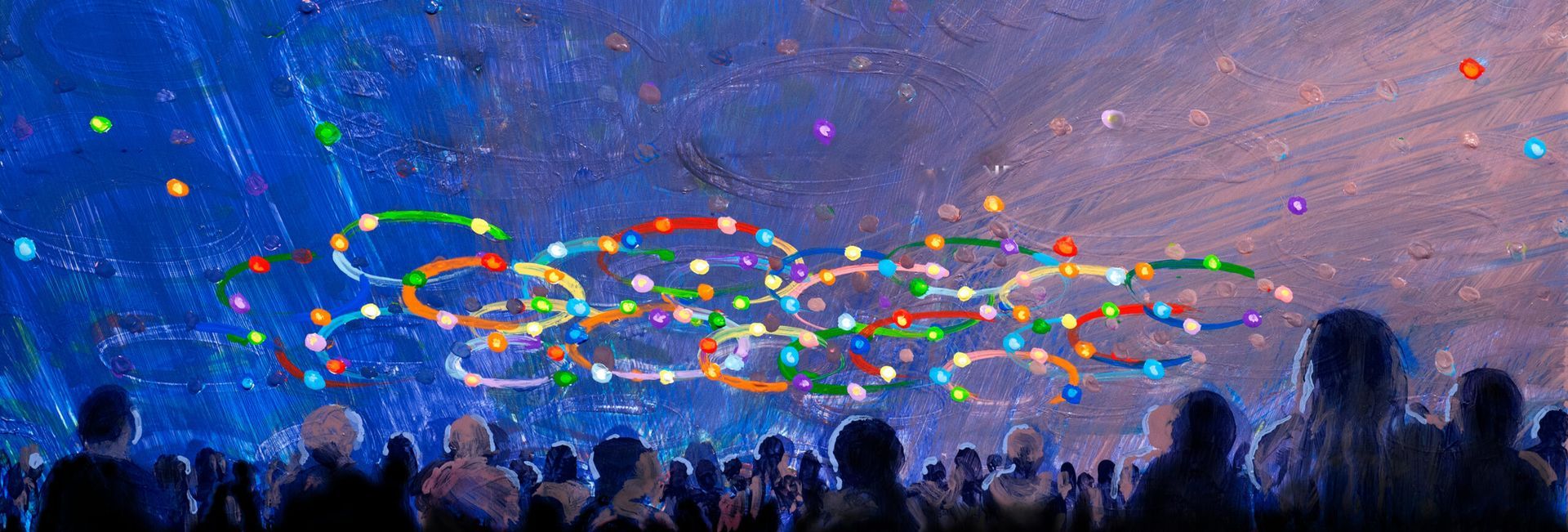
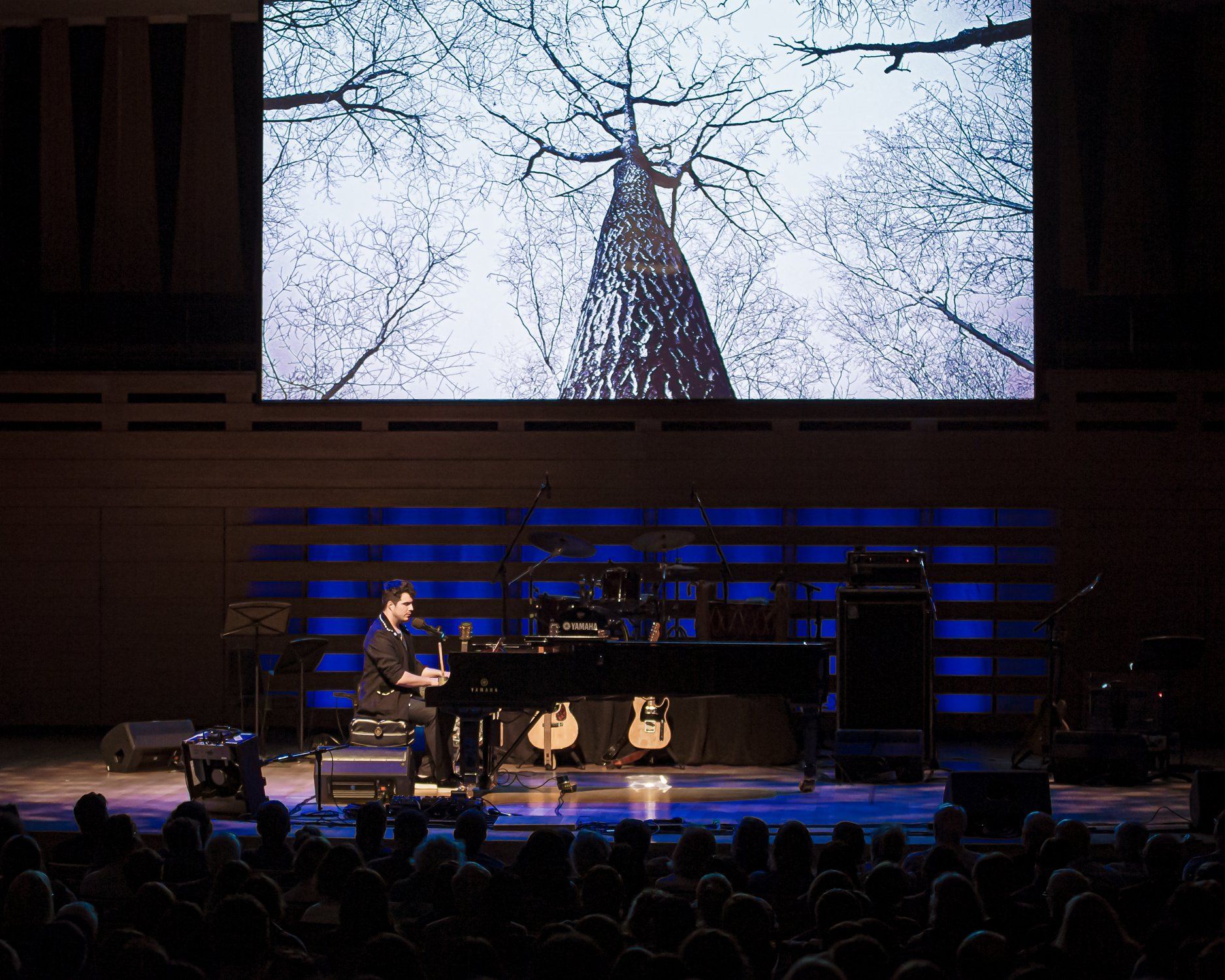
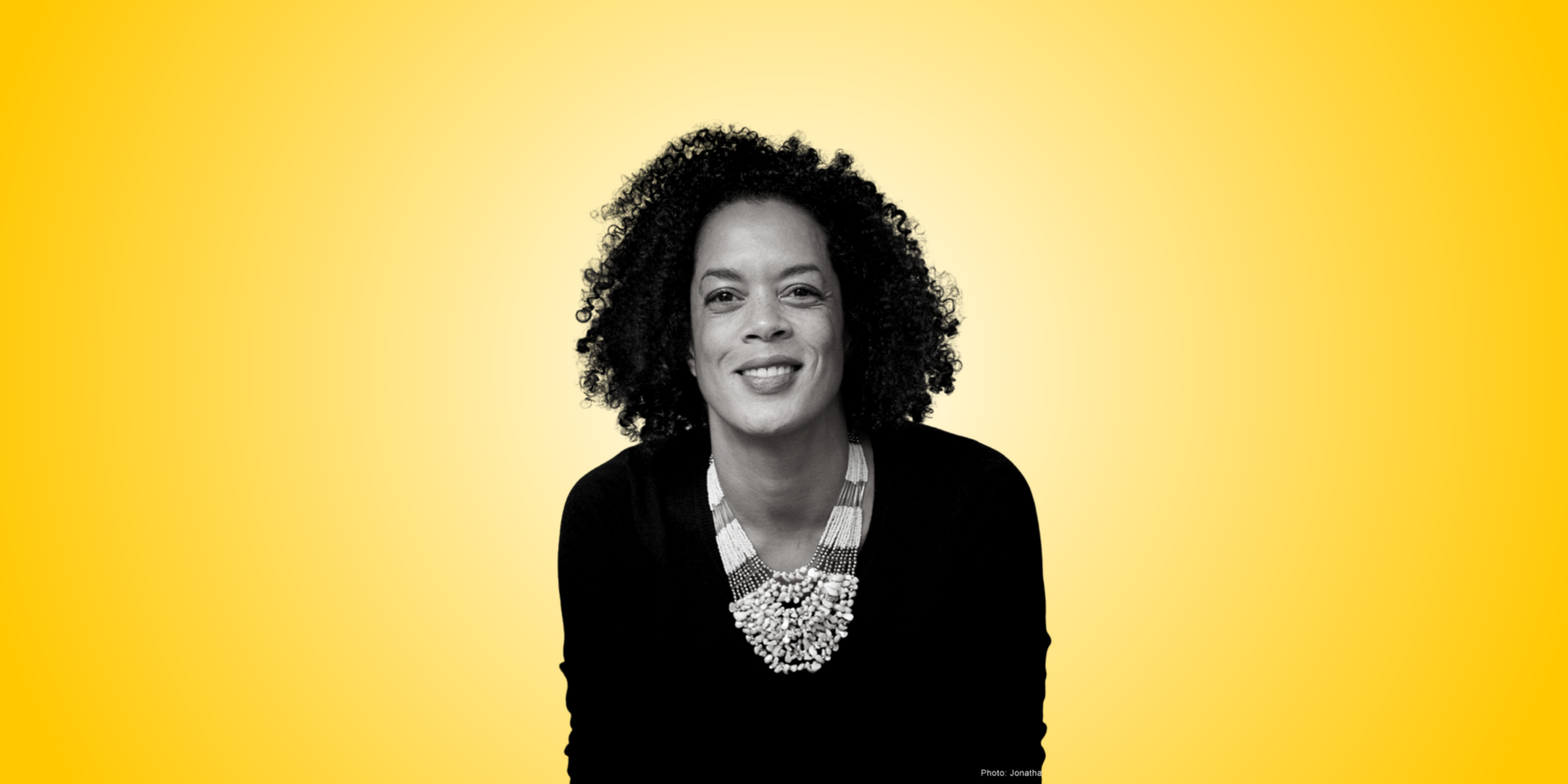
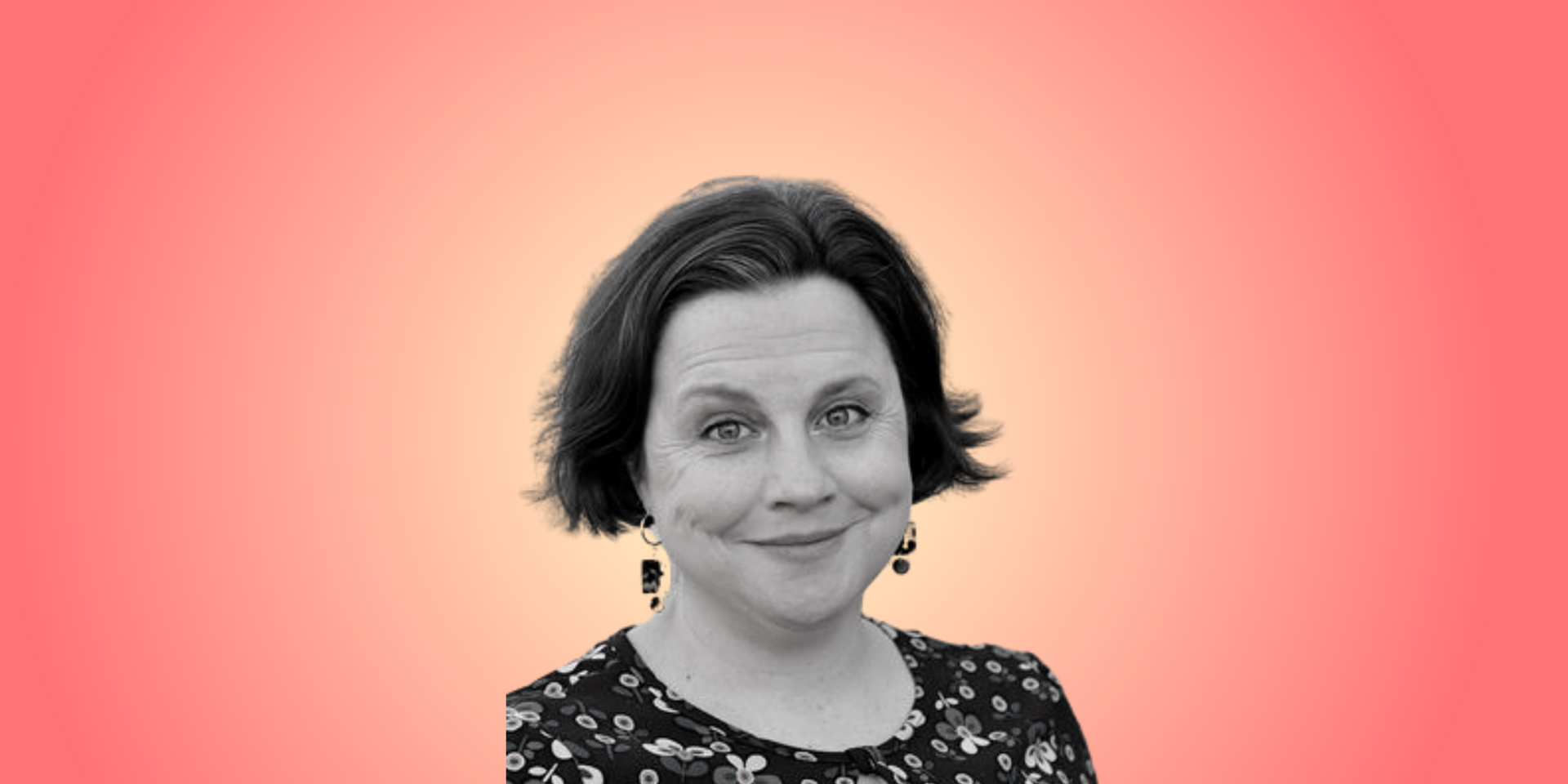
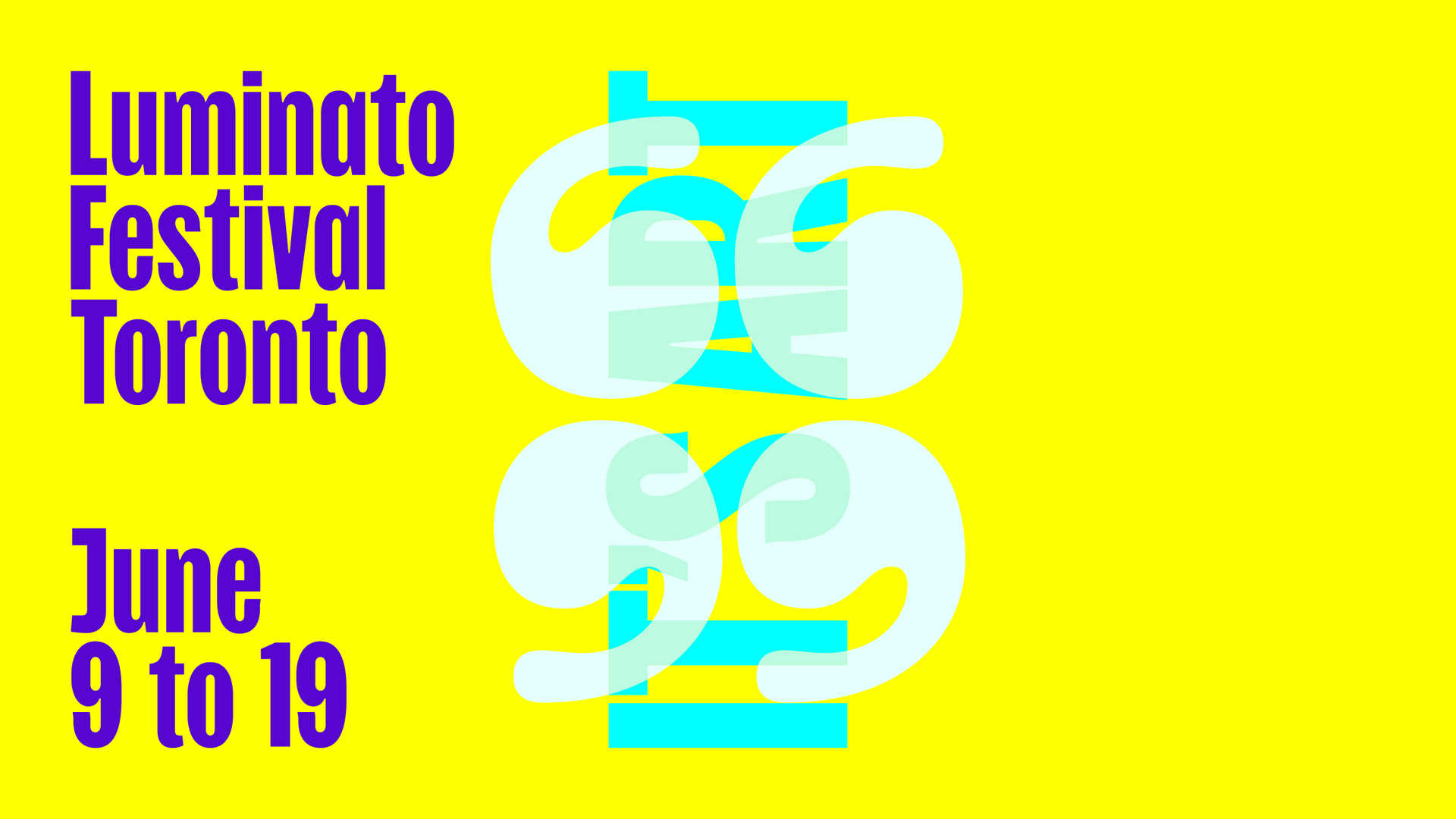
© 2025 Luminato Festival Toronto, All rights reserved.
Privacy Policy
|
Terms and Conditions
